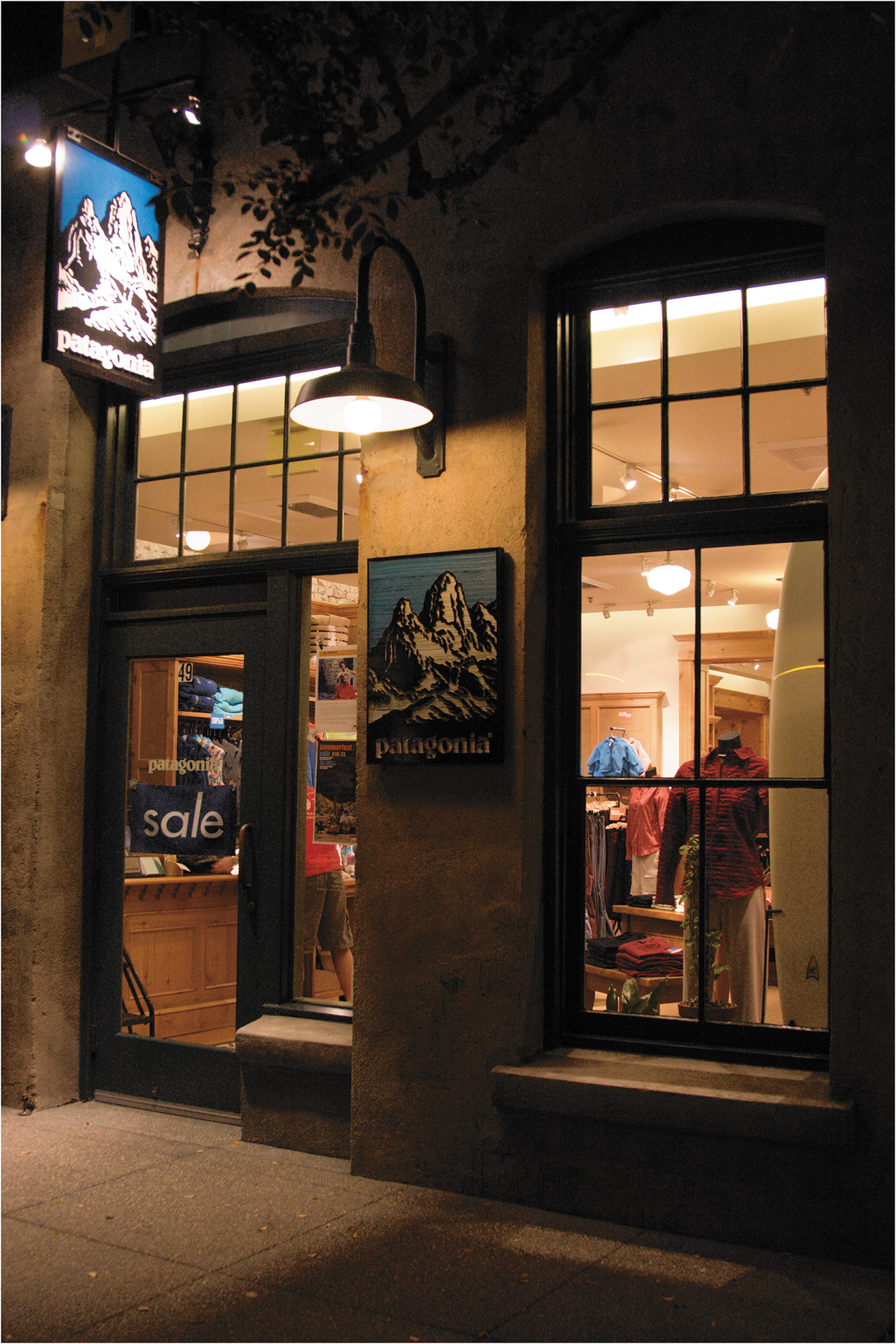Appendix 2 Management and Entrepreneurship: Handling Start-Ups and New Ventures
Target Skill
Entrepreneurship Skill: involves the identification, evaluation, and exploitation of opportunities
Objectives
To help build my entrepreneurship skill, when studying this appendix, I will attempt to acquire:
-
An understanding of the three stages of entrepreneurship
-
An overall appreciation for the opportunity concept and an understanding of the primary types of entrepreneurial opportunities
-
An understanding of how to identify opportunities
-
Insights regarding the key components of opportunity evaluation
-
An appreciation for the role of opportunity exploitation in the entrepreneurship process
-
Insights regarding the various types of financing available to entrepreneurs
-
An appreciation for how existing organizations use corporate entrepreneurship
-
An understanding of and appreciation for the role of social entrepreneurship in society
MyManagementLab ®
Go to
mymanagementlab.com
to complete the problems marked with this icon  .
.
 MyManagementLab: Learn It
MyManagementLab: Learn It
If your instructor has assigned this activity, go to mymanagementlab.com before studying this chapter to take the Chapter Warm-Up and see what you already know.
Challenge Case Patagonia’s Idealistic Entrepreneur
Customers know Patagonia as a high-quality source of clothing designed for outdoor activities such as rock climbing, hiking, and fly fishing. What customers may not realize, however, is that these characteristics are all expressions of the values of Patagonia’s founder, Yvon Chouinard. Patagonia today embraces the “minimalist style” and love of nature shared by the climbers and surfers who shopped at the company in its early days. Patagonia demonstrates how a capable, committed individual can establish a business that not only sells products but also carries on and expands its founder’s vision.

Patagonia is as committed today to protecting the environment as it was when Yvon Chouinard launched the company in 1957.
LE Robshaw/Alamy
As a teenager, Chouinard started climbing and joined the Southern California Falconry Club. He became dissatisfied with some of the climbing hardware, called pitons and chocks, that is inserted into the rock and left there. In 1957, he taught himself the trade of blacksmithing so that he could develop pitons made of harder metal that could be reused. Soon, Chouinard was asked to sell them, so he set up a shop in his parents’ backyard. Eventually, the demand for Chouinard’s pitons increased to the point that he needed help making enough of them. In 1965, he took on a partner, Tom Frost, whose background was aeronautical engineering. The two partners formed Chouinard Equipment, a precursor of Patagonia, and together redesigned many climbing tools. Within five years, Chouinard Equipment was the largest U.S. supplier of climbing equipment.
As their business flourished, however, the partners became concerned about the equipment’s impact on the environment. The constant hammering of pitons into rock was damaging the rock. So Chouinard and Frost introduced an alternative to their main product: aluminum chocks that could be wedged into rock more gently. Orders for chocks began to pour in. Also around this time, the partners added clothing to their product line. As the product mix expanded, the owners chose Patagonia as their brand’s name because it conjures up images of beautiful, exotic locales.
Patagonia borrowed money from banks as it needed funds to grow. However, in 1991, a recession caused consumers to cut back on high-quality recreational clothing. The company’s lenders were also struggling, and the bank called in the loan, meaning it was time for Patagonia to pay up. To do so, the company had to lay off one-fifth of its workforce. Even with that action, however, it was difficult for the partners to find enough money to pay off the loan. They could have raised money by selling shares and bringing in new owners to pay off the loan, but because they wanted to retain their independent control, they found other ways to pay off the loan themselves.
Today Patagonia is owned by Chouinard, his wife, and their children. It continues to prosper and is known worldwide for its commitment to protecting the environment. Recently, in response to Chouinard’s concern that global fishing practices are depleting fish populations, the company started a sustainably operated salmon fishery. Chouinard, now in his seventies, still regularly visits headquarters to review designs for new products. He told a reporter, “I hang onto Patagonia because it’s my resource to do something good.”1
The Entrepreneurship Challenge
The Challenge Case illustrates the different entrepreneurship challenges that Patagonia has had to overcome. The remaining material in this appendix explains entrepreneurship concepts and helps develop the corresponding entrepreneurship skill you will need to meet such challenges throughout your career. After studying the appendix concepts, read the Challenge Case Summary at the end of the appendix to help you relate appendix content to meeting entrepreneurship challenges at Patagonia.
